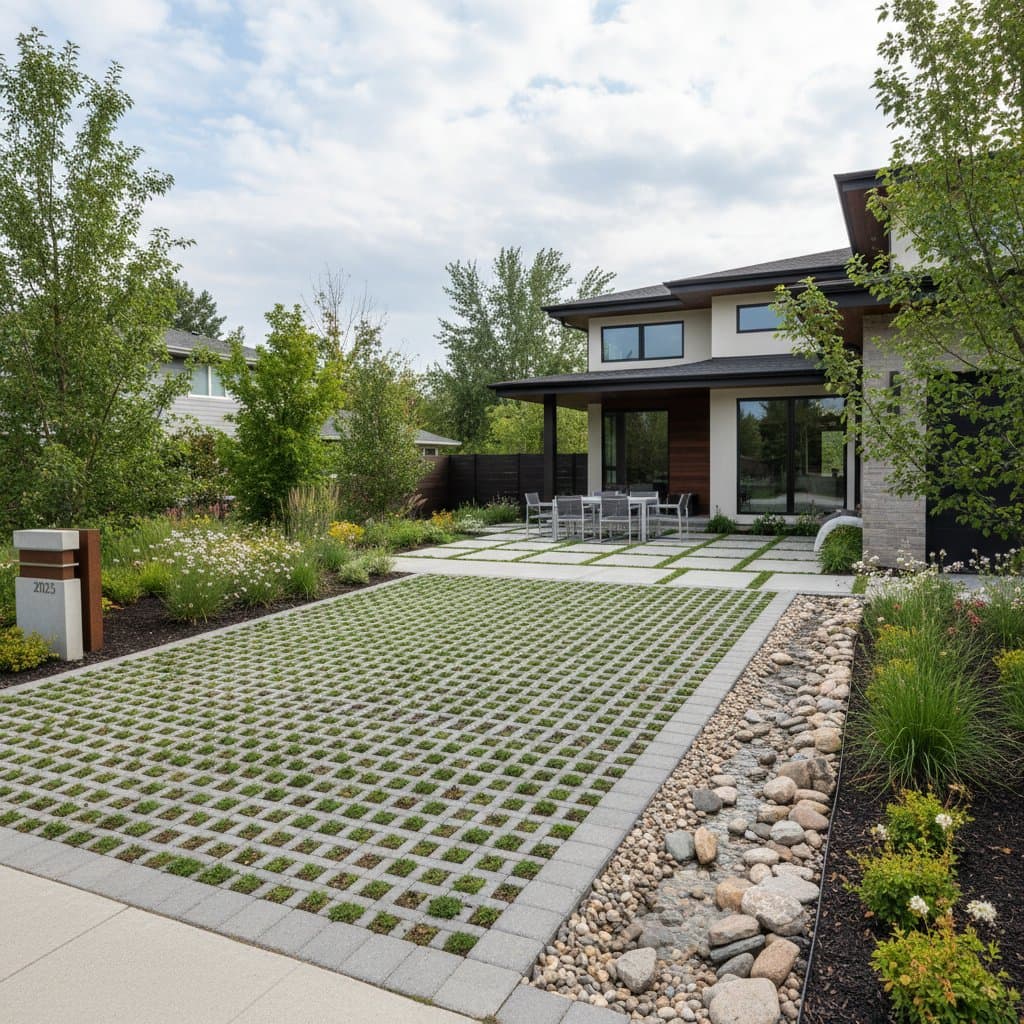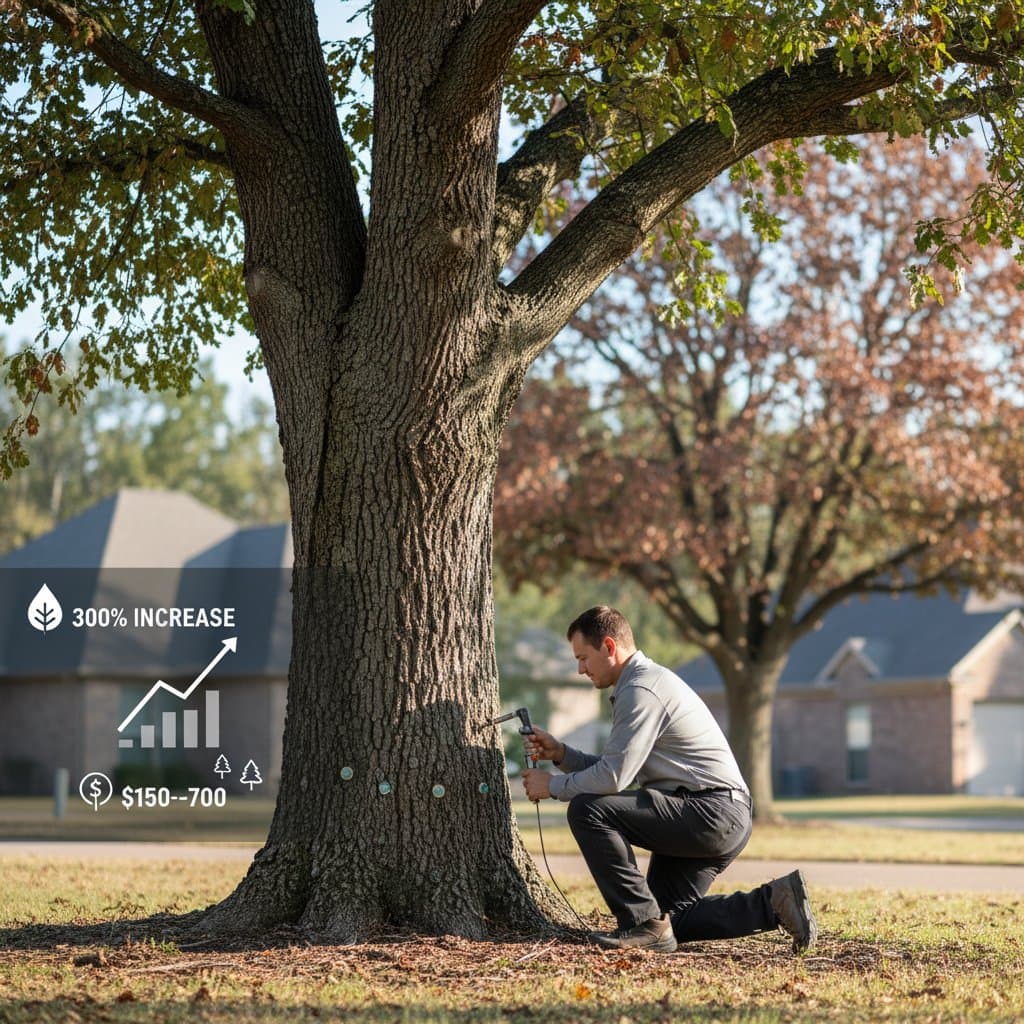
Soil Microbiome Testing Reveals Hidden Plant Growth Secrets
Soil microbiome testing revolutionizes gardening in 2025 by unveiling the microbial forces shaping plant success. Gain knowledge on bacteria, fungi, and nutrient interactions to promote healthier soils, cut chemical dependencies, and build enduring outdoor spaces. Delve into affordable testing methods, expert guidance, and strategies for lasting soil vitality.
Save $1,200 Yearly with Drought-Resistant Landscaping
Reduce water costs by up to $1,200 yearly through xeriscaping, which merges aesthetics with eco-efficiency. Explore drought-hardy plants, smart irrigation, and design tips to decrease usage by 75 percent, elevate home value, and secure ongoing savings with ease.
Why Severe Storms Tripled Tree Insurance Claims
Intense 2025 storms drove a threefold increase in tree insurance claims through wind, saturation, and neglected maintenance. This resource details rising costs, policy insights, and preventive actions to shield homes from escalating weather threats and coverage pitfalls.
Staggered Blooms Keep Pollinators Fed Year-Round
Staggered blooms ensure gardens remain alive with pollinators across seasons. Strategic native plant choices support biodiversity, pollination, and enduring landscape appeal through careful seasonal planning.
8 Western States Now Mandate Fire-Resistant Yards
Eight Western states have implemented requirements for fire-resistant landscaping in high-risk wildfire areas. These regulations guide homeowners in establishing defensible zones, selecting appropriate vegetation, and incorporating non-combustible elements. Such measures not only ensure regulatory compliance but also safeguard properties, lower maintenance needs, and foster resilient outdoor environments.
Mycorrhizal Injection Boosts Tree Health by 60%
Mycorrhizal injection enhances tree health by up to 60% in 2025. This chemical-free method reintroduces beneficial fungi to roots, improving nutrient and water uptake while building resilience against pests and drought. Professional application, combined with soil care and maintenance, turns vulnerable trees into robust landscape assets.
Soil Microbes Reveal Why Your Lawn Won't Grow
An $89 soil microbiome test uncovers the microbial secrets behind a struggling lawn. This guide details the testing process, result interpretation, and targeted actions to foster resilient, green grass while minimizing chemical inputs and costs.
HOA Controls More Than You Think About Your Trees
HOA tree rules can lead to unexpected fines and disputes. This guide covers approval processes for pruning or removal, average costs, homeowner rights, and tips for working with your HOA to maintain a compliant, beautiful yard.
More Articles
8 Cities Now Require Permeable Driveways and Patios
In 2025, eight U.S. cities mandate permeable hardscapes for driveways, patios, and walkways to address stormwater challenges. These regulations promote eco-friendly materials that mitigate flooding and pollution. Discover the cities involved, compliant options, and steps for property owners to adapt.
Oak Wilt Treatment Costs $150-$700 Per Tree
Oak wilt cases have increased 300 percent, endangering oaks everywhere. This comprehensive guide covers injection treatment costs, effectiveness, pricing influences, arborist procedures, and essential prevention strategies to safeguard your trees and landscape.
Trees Generate Electricity Through Soil Batteries
Transform your yard into a sustainable energy source using soil battery technology. This system leverages interactions among trees, roots, and soil microbes to produce electricity for outdoor applications. Review system mechanics, costs, suitable trees, and installation guidance for a self-sufficient landscape in 2025.
Why Gravel Gardens Outlast Mulch by Decades
Gravel gardens emerge as the sustainable landscaping choice for 2025, outlasting mulch with minimal upkeep and maximum durability. They excel in drainage, weed resistance, and water conservation while accommodating drought-hardy plants for timeless outdoor elegance. Learn how to implement this versatile design for a resilient, attractive yard.
Mycorrhizal Injections Triple Tree Growth in 2025
Unlock triple tree growth in 2025 with mycorrhizal injections that fortify roots, optimize nutrient uptake, and build drought resistance. This guide details fungal benefits, professional costs, DIY options, and tips for selecting skilled arborists to achieve enduring landscape improvements.















